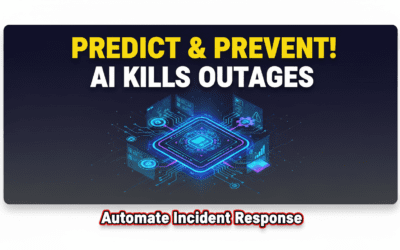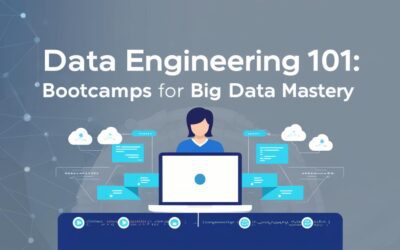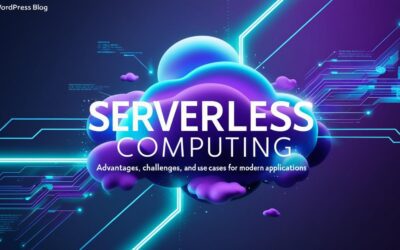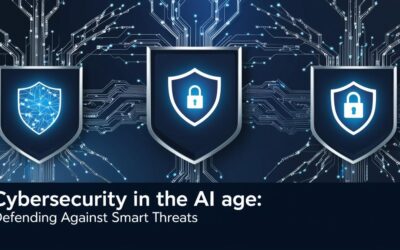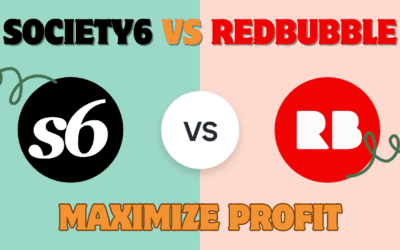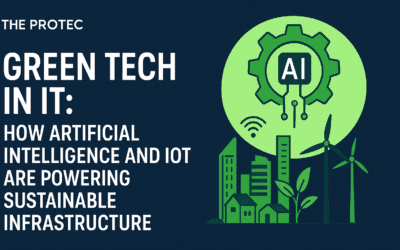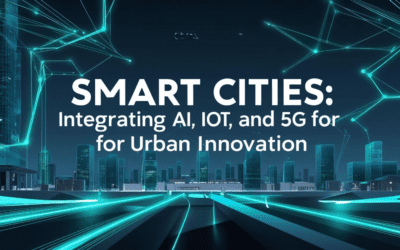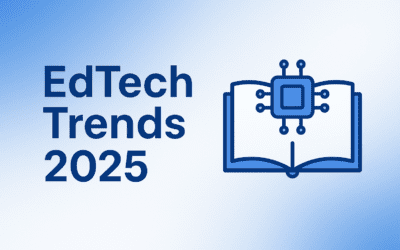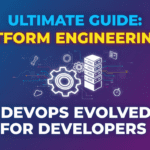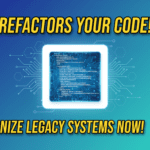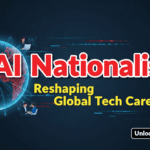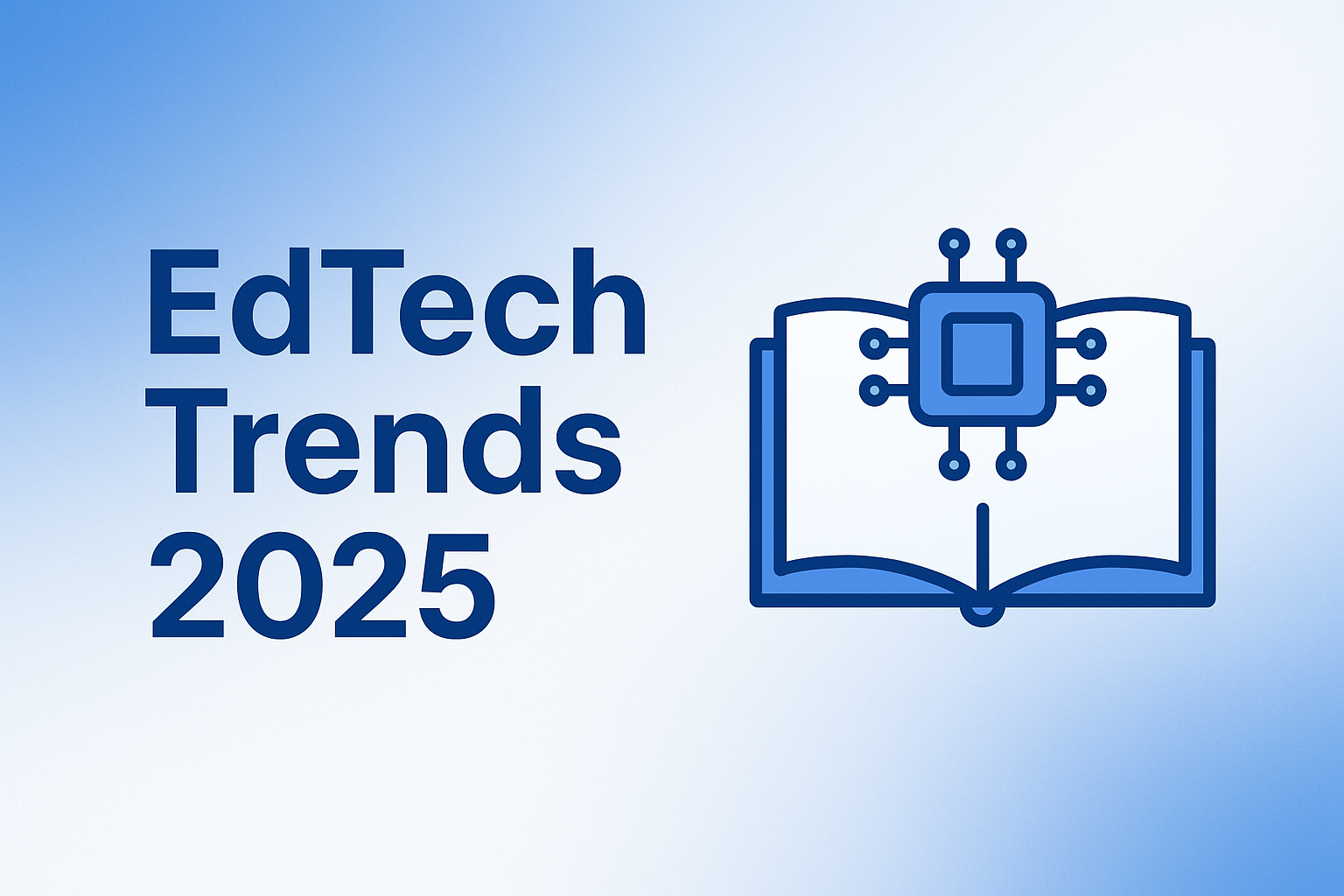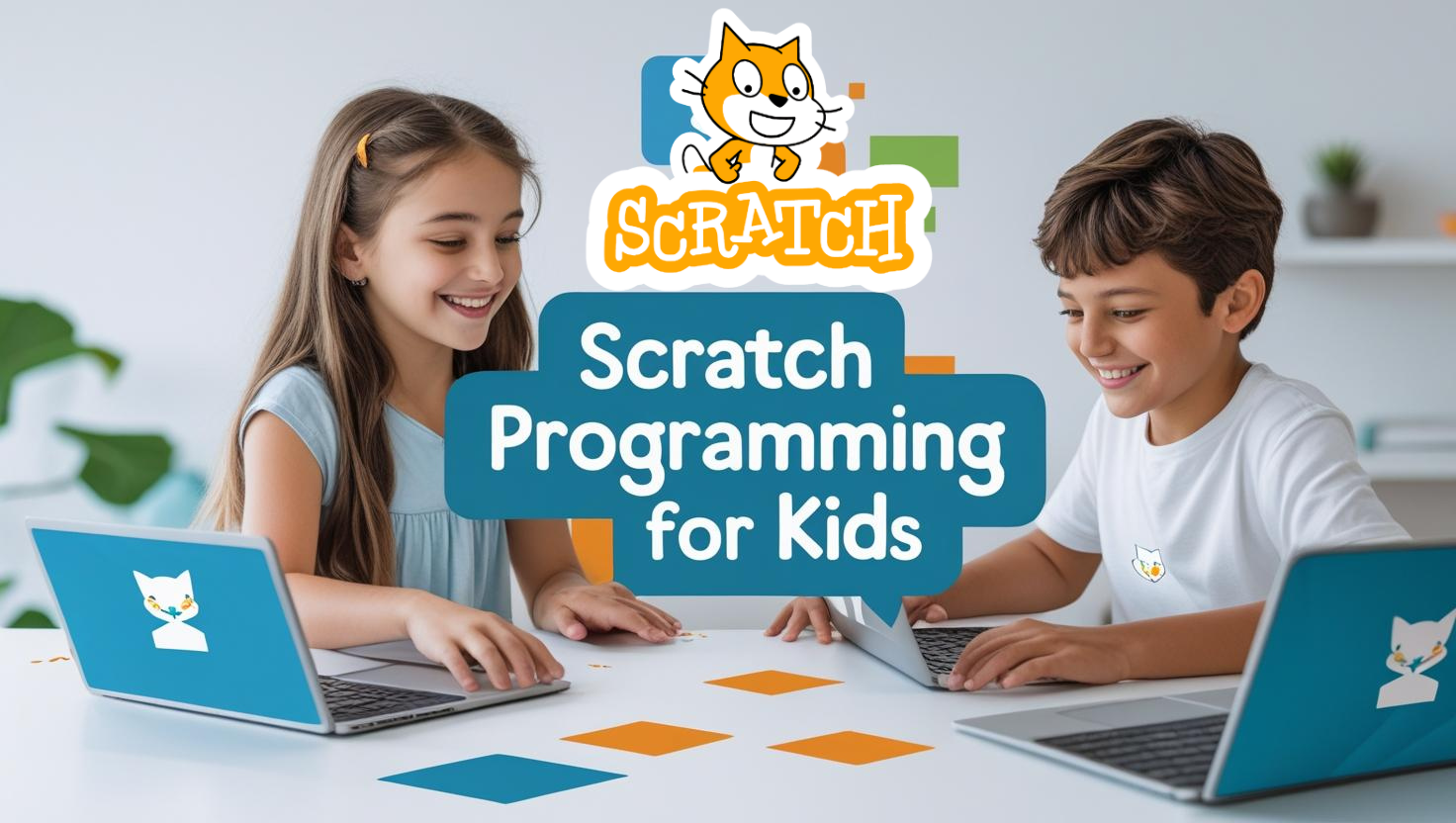Introduction
Understanding Adaptive Learning vs. Traditional E-Learning is essential for educators and trainers aiming to maximize learner engagement and outcomes in 2025. With rising demands for personalized education, institutions are evaluating whether to invest in AI-powered adaptive solutions or continue with established e-learning modalities. This guide clarifies their defining characteristics, comparative benefits, and practical considerations to inform your decision-making process.
What is Traditional E-Learning?
Traditional e-learning—also known as web-based training—delivers standardized courses and materials online, offering learners anywhere, anytime access via a browser Informa TechTarget. It mimics classroom teaching in a virtual environment, often featuring fixed schedules, linear content progression, and uniform assessments for all participants hubkengroup.com. Key characteristics include structured lesson plans, one-way content delivery, and minimal adaptive feedback mechanisms.
What is Adaptive Learning?
Adaptive learning leverages data analytics and AI to dynamically adjust content, pacing, and difficulty based on each learner’s performance and preferences ELM Learning. By continuously assessing quiz results, interaction patterns, and engagement metrics, adaptive platforms create personalized learning paths tailored to individual strengths and weaknesses Training Industry. This approach ensures learners receive the right support at the right time, optimizing both efficiency and effectiveness.
Key Differences Between Adaptive Learning and Traditional E-Learning
Personalization
Adaptive learning delivers individualized instruction by altering content in real time according to learner data, whereas traditional e-learning provides identical materials to all users Medium.
Flexibility
Traditional e-learning allows self-paced access to course materials but retains a fixed curriculum sequence. In contrast, adaptive systems enable non-linear progression, letting learners skip mastered topics and dive deeper into challenging areas Shakuro.
Assessment and Feedback
In e-learning, assessments are typically scheduled quizzes with static feedback. Adaptive platforms embed continuous formative assessments, offering instant, targeted feedback that guides the next learning steps Medium.
Technology and AI Integration
Traditional e-learning relies on basic LMS functionalities—content hosting, tracking, and reporting. Adaptive learning integrates AI algorithms and predictive analytics to personalize experiences, requiring more sophisticated infrastructure and data management Axonify.
Cost and Implementation
E-learning platforms often have lower initial setup costs and simpler deployment. Adaptive solutions incur higher licensing fees and technical overhead but can yield stronger ROI through improved learner outcomes and efficiency Shakuro.
Benefits of Adaptive Learning Over Traditional E-Learning
- Enhanced Engagement: A scoping review found that 36% of studies reported increased student engagement with personalized adaptive learning systems PMC.
- Improved Retention and Success: Arizona State University’s adaptive courseware pilot showed higher retention rates and course completion compared to traditional methods content.onlinexperiences.com.
- Data-Driven Insights: Real-time analytics enable educators to identify at-risk learners early and tailor interventions effectively Every Learner Everywhere.
Challenges and Considerations
- Technical Complexity: Implementing adaptive platforms demands robust IT infrastructure and data governance protocols Digital Commons.
- Faculty Training: Instructors need support to interpret analytics dashboards and integrate adaptive content into pedagogy Digital Commons.
- Privacy and Ethics: Collecting granular learner data raises considerations around consent, security, and ethical use The Australian.
How to Choose Between Adaptive Learning and Traditional E-Learning
- Assess Learning Objectives: For standardized compliance training, traditional e-learning may suffice; for competency-based programs, adaptive is preferable.
- Evaluate Infrastructure: Ensure your LMS can integrate with adaptive engines or consider a turnkey adaptive solution.
- Budget for ROI: Balance upfront costs against potential efficiency gains and improved learner performance.
- Pilot and Scale: Start with a small adaptive pilot to gather data before full deployment.
- Plan for Change Management: Provide comprehensive training and support to faculty and learners.
Conclusion
Both adaptive learning vs. traditional e-learning have unique strengths: the former excels in personalization and engagement, while the latter offers simplicity and cost-efficiency. By weighing your institutional goals, technical capacity, and budget, you can select the model that best supports your learners’ success. Explore adaptive learning pilots to experience its transformative potential firsthand.
